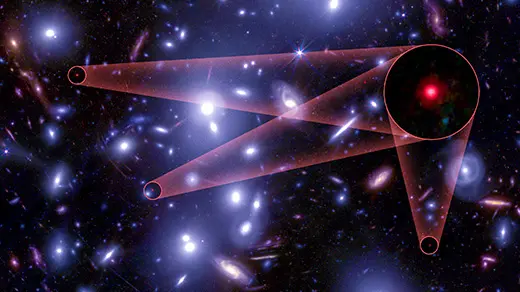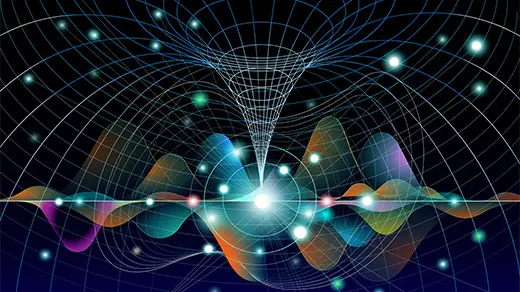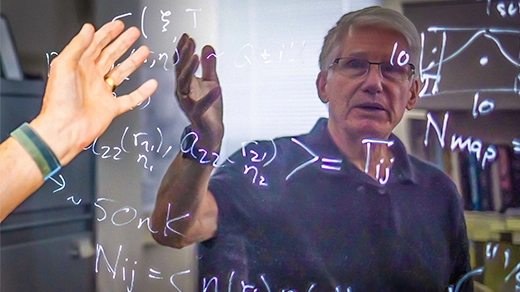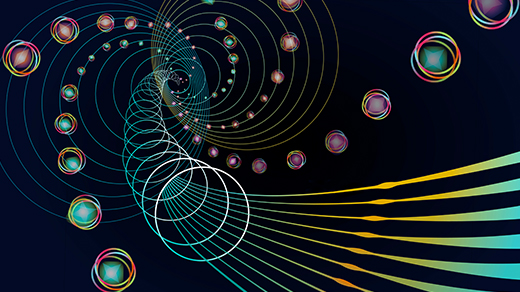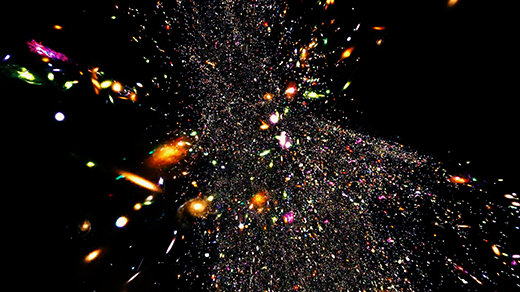What's up in
Astrophysics
Latest Articles
A Single, ‘Naked’ Black Hole Rewrites the History of the Universe
The James Webb Space Telescope has found a lonely black hole in the early universe that’s as heavy as 50 million suns. A major discovery, the object confounds theories of the young cosmos.
Astrophysicists Find No ‘Hair’ on Black Holes
According to Einstein’s theory of gravity, black holes have only a small handful of distinguishing characteristics. Quantum theory implies they may have more. Now an experimental search finds that any of this extra ‘hair’ has to be pretty short.
Why Did The Universe Begin?
In this episode of The Joy of Why, Thomas Hertog discusses his collaboration with Stephen Hawking on a provocative theory arguing that the laws of physics evolved with the universe, and how this could have shaped a cosmos fit for life.
The Biggest-Ever Digital Camera Is This Cosmologist’s Magnum Opus
Tony Tyson’s cameras revealed the universe’s dark contents. Now, with the Rubin Observatory’s 3.2-billion-pixel camera, he’s ready to study dark matter and dark energy in unprecedented detail.
Physicists Start To Pin Down How Stars Forge Heavy Atoms
The precursors of heavy elements might arise in the plasma underbellies of swollen stars or in smoldering stellar corpses. They definitely exist in East Lansing, Michigan.
Will We Ever Prove String Theory?
Promise and controversy continues to surround string theory as a potential unified theory of everything. In the latest episode of The Joy of Why, Cumrun Vafa discusses his progress in trying to find good, testable models hidden among the ‘swampland’ of impossible universes.
Is Dark Energy Getting Weaker? New Evidence Strengthens the Case.
Last year, an enormous map of the cosmos hinted that the engine driving cosmic expansion might be sputtering. Now physicists are back with an even bigger map, and a stronger conclusion.
The Road Map to Alien Life Passes Through the ‘Cosmic Shoreline’
Astronomers are ready to search for the fingerprints of life in faraway planetary atmospheres. But first, they need to know where to look — and that means figuring out which planets are likely to have atmospheres in the first place.
Cosmologists Try a New Way to Measure the Shape of the Universe
Is the universe flat and infinite, or something more complex? We can’t say for sure, but a new search strategy is mapping out the subtle signals that could reveal if the universe has a shape.
